Closer than we thought: Visualization and Comics
What do graphic novels and graphic recording have in common? Martin Haussmann and Birgit Jansen from bikablo addressed this question in conversation with underground comic artist Oliver Scheibler on November 22 at the Comic Festival in the Literaturhaus in Cologne.
SHARE ARTICLE
“Comics have played a major role in shaping the visual language we know and use today,” Martin said in introducing bikablo, “and as graphic recorders we make extensive use of this cultural treasure to quickly and comprehensibly record the knowledge that emerges at conferences. Like comics, we work with the three basic elements of visual language: text to convey information unambiguously, illustrations to make this knowledge vivid and connectable, and graphics to structure both in an orienting way on the surface. The specific visual vocabulary of the comic visual language, such as effect lines or speech bubbles, are also among the most important components of the bikablo technique.”
Oliver Scheibler works with the same means – but in a different creative process and with a different result: in months of discussions, he designed a “Wimmelbild” to document the environmental protection actions in Hambacher Forst. It then took six weeks to realize it as a small-scale ink drawing.
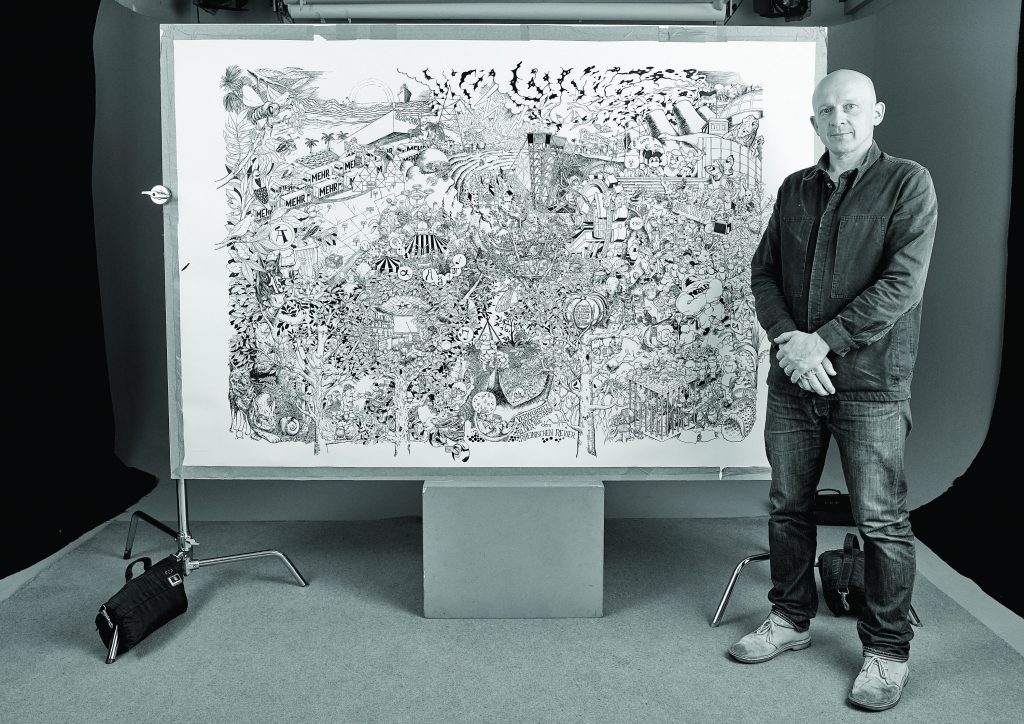
Oliver could tell whole stories about every detail, no matter how small: “The mole at the bottom of the picture represents an activist who had dug himself into a cave system under the forest floor to prevent the police from using heavy clearance equipment. For days, he misled the specially trained emergency personnel trying to find him with the theme song of the video game “Tetris.””
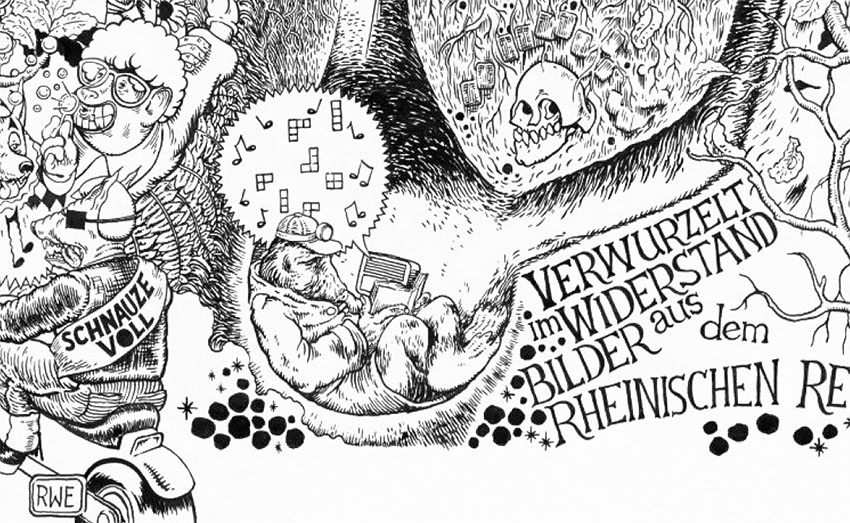
“Do your approaches contradict each other – or are there more similarities than differences?” asked moderator Tilman Strasser in the end. Our conclusion: Even though both sides “speak” the same visual language, intention, process and result differ greatly: We usually have to work very fast, Oliver can take his time. The recordings of bikablo have to be as self-explanatory as possible, the images of the comic artist may appear mysterious and ambiguous. bikablo works in the service of customer processes, Oliver as image author is ultimately free in the choice of his means and statements. But despite all the differences, we as “opponents” on the podium ultimately felt equally inspired by each other.
Birgit used keywords from the conversation as a graphic recording on the iPad and thus made visible at the end of the event how our different perspectives finally merged into common insights.

Last but not least, the audience in the Literaturhaus experienced yet another – and again quite different – form of visual documentation: the two comic artists Markus Rockstroh and Claus Daniel Herrmann exhibited flashes of the evening as small-format sketches.
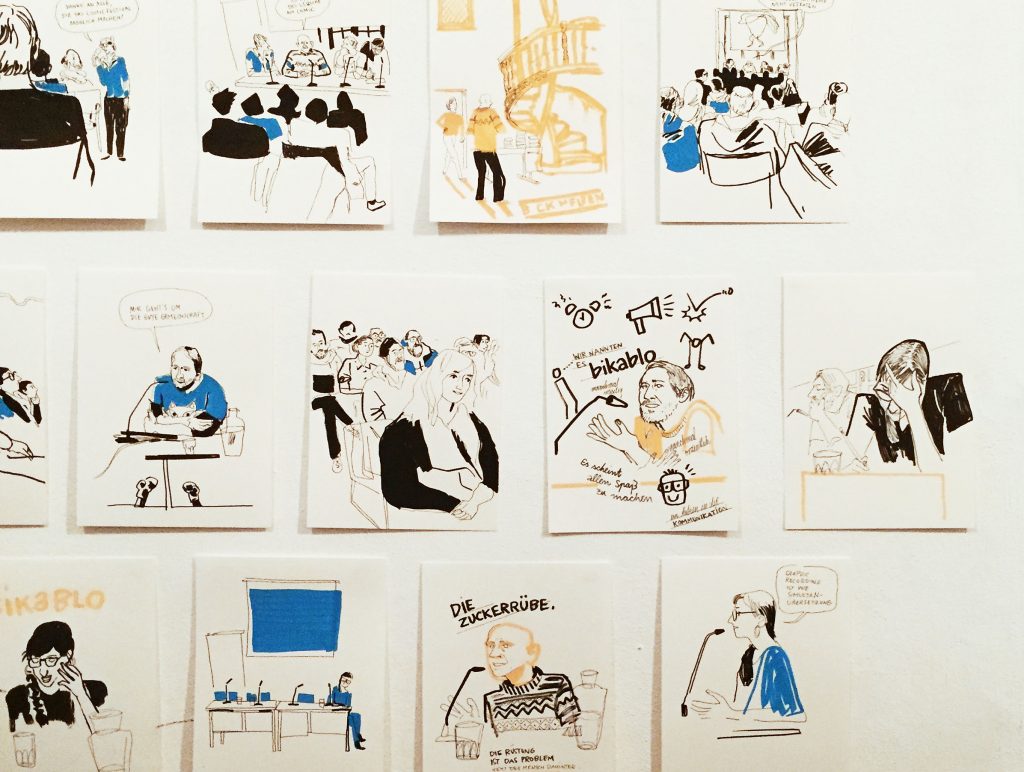
MORE ARTICLES ON THIS TOPIC
You Might Also Be Interested In...
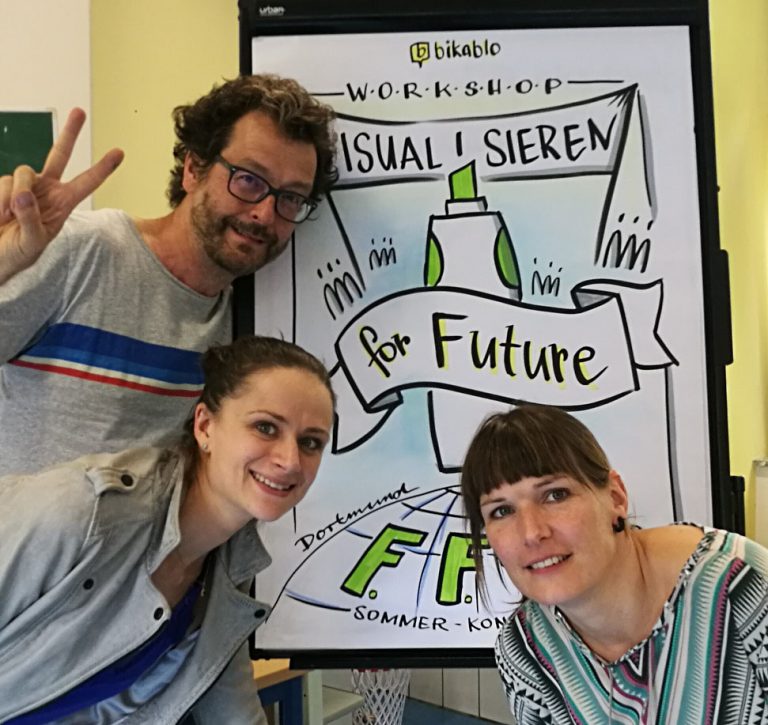
Using pictures to promote a good climate: bikablo meets Fridays For Future
With “Fridays for Future” a fascinating worldwide youth movement has emerged. bikablo supported the summer congress in Dortmund with graphic recording and visualization trainings.
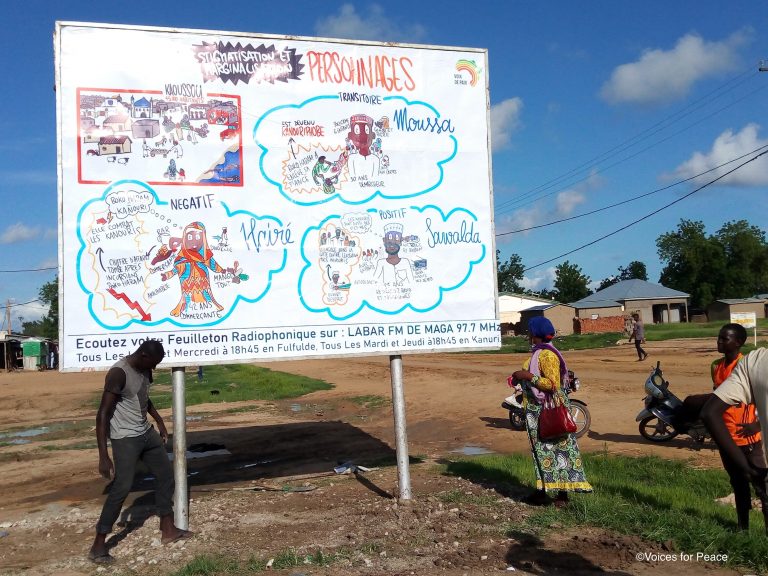
How to create an educational radio soap with a pencil
Interview with visualizer Filippo Buzzini of ‘Sketchy Solutions’, who helped us with a project in West Africa.

A Look Inside bikablo E-xtraClass
How do I keep up after the basics training? With the bikablo e-xtraClass, the online format for practicing, exchanging and deepening! Trainer Michaela Ruhfus reveals what all basics graduates can now look forward to.